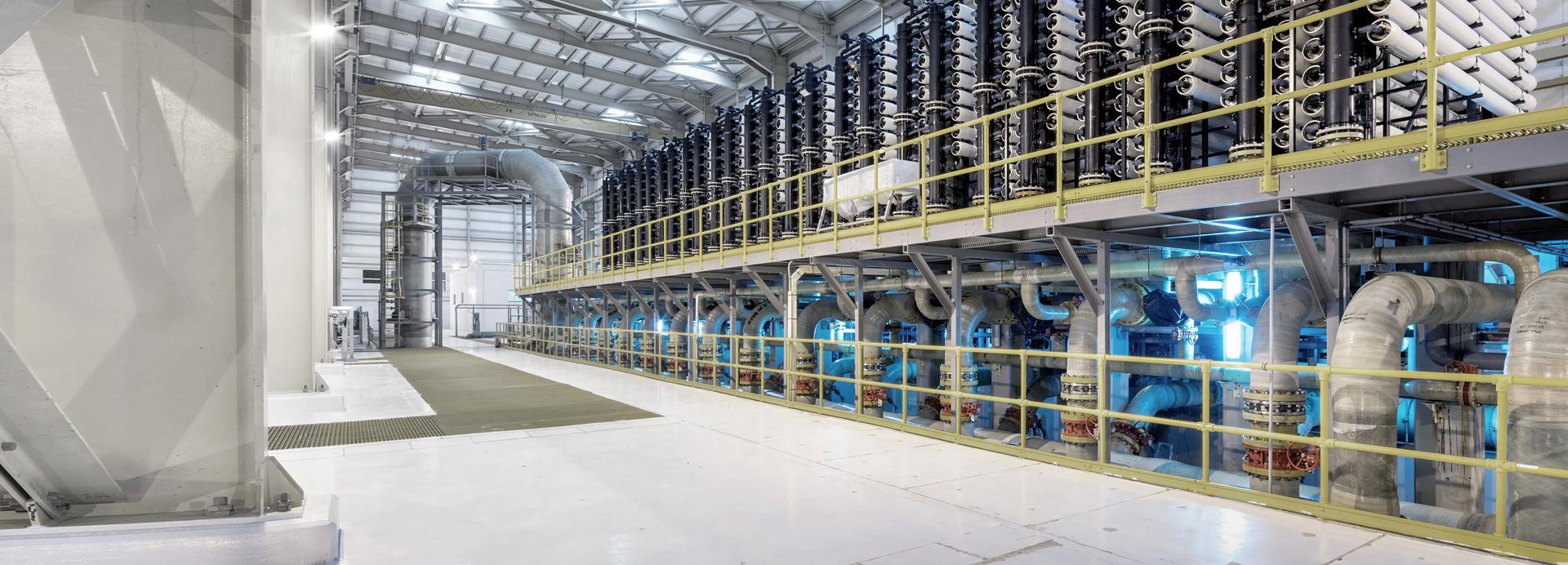Desalination: a Multi-Benefit Solution for Water Scarcity, Agriculture, and Clean Energy
The integration of desalination technology with PEM hydrogen production and electricity generation offers a transformative pathway to address rising sea levels, water scarcity, and carbon emissions. Below is an exploration of its potential impact and associated calculations.

How Desalination Helps Mitigate Rising Seas
Desalination plants, when scaled globally, can draw significant volumes of water from rising oceans, reducing the overall contribution of seawater to coastal flooding. If desalinated water is used for irrigation, industrial processes, and human consumption, the water cycle slows down, as much of the water remains on land rather than returning quickly to the oceans.
- Global Desalination Capacity: Current global desalination capacity is around 95 million cubic meters per day.
- Expansion Scenario: Scaling this to 950 million cubic meters per day (a tenfold increase) would:
- Remove approximately 350 billion cubic meters of water annually from the oceans.
- This equates to reducing global sea level rise by about 1 millimeter annually (while small, this is impactful alongside other mitigation measures).
While desalination cannot significantly lower sea levels, it can help mitigate the effects of rising seas by addressing water scarcity and providing solutions for coastal resilience.
FIND OUT MORE

Desalinated Water for PEM Hydrogen Production
Water-to-Hydrogen Conversion:
- 1 cubic meter of water produces 111 kilograms of hydrogen through PEM electrolysis.
- A single desalination plant producing 1 million cubic meters of water daily could generate 111,000 tons of hydrogen annually.
Hydrogen Energy Potential:
- 1 kilogram of hydrogen provides about 33.6 kWh of energy.
- 111,000 tons of hydrogen translates to 3.73 TWh of energy annually per plant.
Electricity Generation:
- Using hydrogen to fuel turbines achieves high efficiencies of power generation.
- This could result in many TWh (Terra Watt hours) of electricity per year from a single desalination and hydrogen production plant.
Land Irrigation and Consumption
Water produced through desalination can significantly impact agriculture, human consumption, and land restoration:
Agricultural Use:
- Each cubic meter of desalinated water can irrigate 0.5 hectares of land.
- A single plant producing 1 million cubic meters daily could irrigate 182,500 hectares annually.
- This would enable farming in arid regions, increasing global food security.
Human Consumption:
- The same plant could supply clean drinking water for 100's of thousands of people annually.
Reduction of CO₂ Emissions
- Replacing Fossil Fuels:
- Hydrogen can decarbonize industries like steel, cement, and transportation.
- A single plant producing 111,000 tons of hydrogen annually would offset 1.1 million tons of CO₂ emissions.
- Global Impact:
- Deploying such plants worldwide could reduce global CO₂ emissions by gigatons annually.
Economic and Environmental Benefits
- Revenue:
- Each plant could generate huge revenues annually from hydrogen and electricity sales.
- multiple plants would generate billions annually, paying for themselves within a decade.
- Environmental:
- Drastically reduce sea level rise and CO₂ emissions.
- Provide clean water to people and restore arid lands.
What are we waiting for
Desalination, PEM hydrogen production, and hydrogen-based electricity generation represent a unified strategy to address rising seas, water scarcity, and climate change. By scaling these technologies, we can mitigate global sea level rise, achieve significant CO₂ reductions, and secure a sustainable, prosperous future for generations to come.

